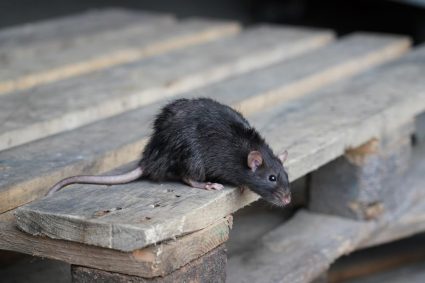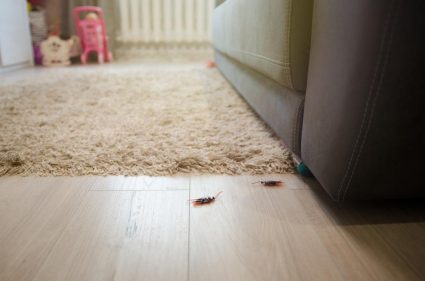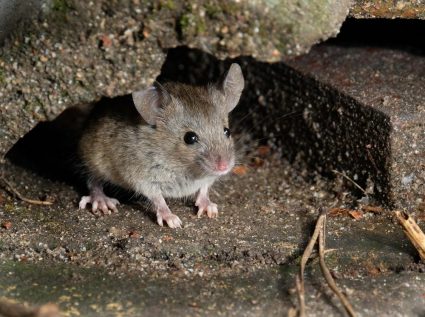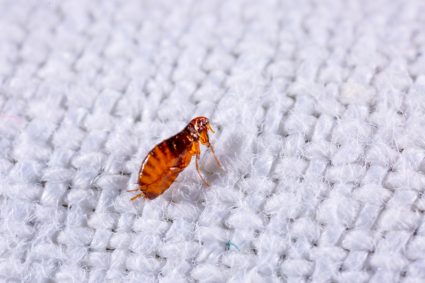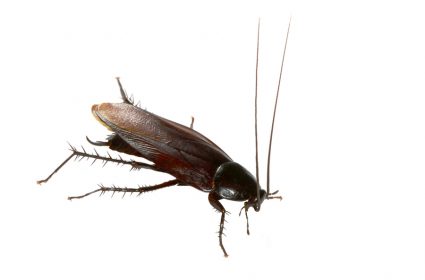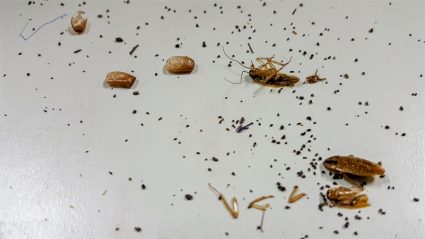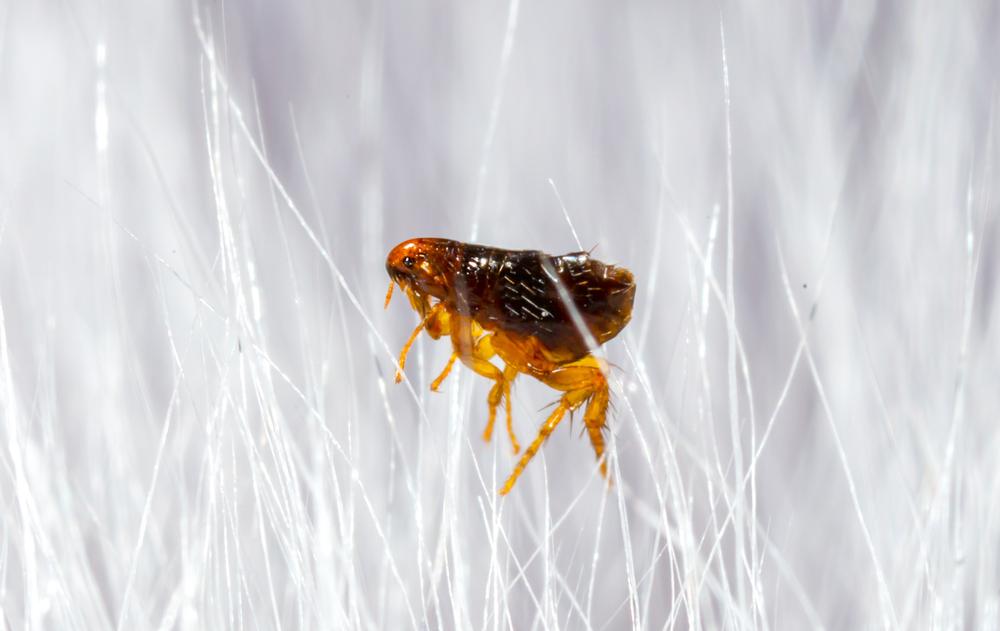
The widespread belief that fleas are particularly attracted to the color white is a myth that has been perpetuated over time. However, scientific studies have proven otherwise, showing that fleas aren’t particularly attracted to white, but rather to colors like red, blue, and black. The misconception may have arisen due to the fact that fleas, being dark brown, are more noticeable on lighter surfaces like white fur or white socks.
The belief that fleas are attracted to white is largely a myth. In reality, studies have shown that fleas are more attracted to colors like red, blue, and black. The misconception may have arisen because fleas, being dark brown, are more noticeable on lighter surfaces like white fur or white socks. Factors such as light, movement, heat, and CO2 also play significant roles in attracting fleas.
Understanding Flea Attraction
The attraction stimuli for fleas are more complex than just color. Fleas are driven by a combination of factors such as light, movement, heat, and CO2. They are positively phototactic, meaning they are drawn towards light. They are particularly attracted to green-yellow light, with wavelengths between 500 and 530 nm. Fleas are also attracted to dark moving objects against a light background.
The Role of Color in Flea Attraction
A study observed that red and blue targets were the most attractive, attracting 79% of fleas, while white attracted only 36.9% of fleas. Another experiment using white and black targets against white and black backgrounds found that fleas were significantly more attracted to the black targets, regardless of the background color.
Flea Vision and Color Attraction
Fleas have simple eyes with a single biconvex lens which function more as light sensors than image-forming organs. Their attraction to certain colors may be related to their association with the body heat of potential hosts.
Implications for Pet Owners
For pet owners, especially those with white or light-colored pets, it might be easier to spot fleas on your pet’s fur due to the contrast between the dark fleas and the light fur. However, it is essential to remember that fleas can still parasitize white or light-colored pets, as they are not deterred by the color.
Flea Prevention and Treatment
Despite the color of your pet’s fur, regular checks for fleas, maintaining proper hygiene, and using appropriate flea prevention methods are crucial. These can include apple cider vinegar baths, combing, using a white vinegar solution, dishwashing soap traps, salt, diatomaceous earth, flea repellent plants, and flea treatments like topical treatments, flea collars, or flea and tick prevention products.
Color Preferences in Other Insects
Like fleas, other insects and pests also show color preferences. For example, mosquitos prefer black, red, and blue over lighter hues like yellow and white. These preferences are often related to their diet, habitat, and the need to find food sources or avoid predators.
Conclusion
In conclusion, the belief that fleas are attracted to white is largely a myth. Fleas are primarily attracted to colors like red, blue, and black, as well as factors such as light, movement, heat, and CO2. Understanding these factors can help pet owners effectively prevent and treat flea infestations.
Frequently Asked Questions
Can fleas see all colors?
No, fleas cannot see all colors. Their vision is limited, and they function more as light sensors than image-forming organs. They are attracted to certain colors like red, blue, and black, possibly due to their association with the body heat of potential hosts.
Why are fleas attracted to light?
Fleas are positively phototactic, which means they are attracted to light. This is likely because light indicates the presence of potential hosts. Green-yellow light, with wavelengths between 500 and 530 nm, is particularly attractive to fleas.
What other factors attract fleas apart from color and light?
Apart from color and light, fleas are also attracted to movement, heat, and CO2. These factors likely indicate the presence of potential hosts to the fleas.
How can I prevent flea infestation in my pets?
Regular checks for fleas, maintaining proper hygiene, and using appropriate flea prevention methods are crucial for preventing flea infestations. These methods can include apple cider vinegar baths, combing, using a white vinegar solution, dishwashing soap traps, salt, diatomaceous earth, flea repellent plants, and flea treatments like topical treatments, flea collars, or flea and tick prevention products.
Are there other pests that show color preferences?
Yes, other pests and insects also show color preferences. For example, mosquitos prefer black, red, and blue over lighter hues like yellow and white. These preferences are often related to their diet, habitat, and the need to find food sources or avoid predators.


